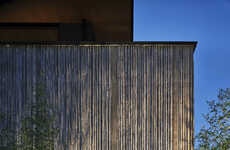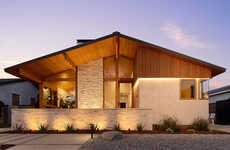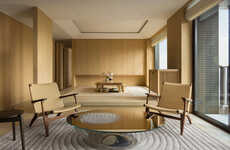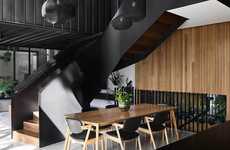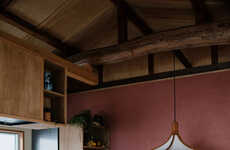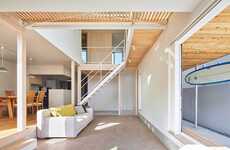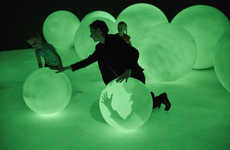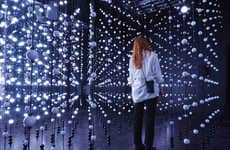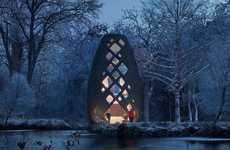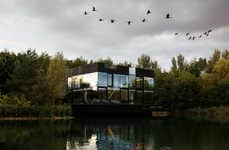
Splinter Society Dramatically Alters the Aesthetic of This Home
Kalin Ned — June 27, 2019 — Art & Design
References: splintersociety & dezeen
Splinter Society — an architecture studio based in Australia, transforms a structure in Melbourne into a Japanese-inspired home. Located in the suburb of Elwood, the original structure was a Californian-style bungalow that was constructed in the 1920s. In an interesting clash of cultural influences, however, Splinter Society shifts the predominant design focus to the Eastern hemisphere.
One of the most defining features of Splinter Society's Japanese-inspired home is its intense and well-established connection with the garden. Aside from this, the newly introduced cultural influences are present throughout the furnishings of the house. The aesthetic of the Japanese-inspired home is kept heavily contemporary, with a few rustic components spread throughout. The idea behind the layout and design is to create a tranquil place for the client to relax and do her work.
Photo Credits: Jack Lovel
One of the most defining features of Splinter Society's Japanese-inspired home is its intense and well-established connection with the garden. Aside from this, the newly introduced cultural influences are present throughout the furnishings of the house. The aesthetic of the Japanese-inspired home is kept heavily contemporary, with a few rustic components spread throughout. The idea behind the layout and design is to create a tranquil place for the client to relax and do her work.
Photo Credits: Jack Lovel
Trend Themes
1. Japanese-inspired Homes - Opportunity for architects and designers to create unique, culturally influenced living spaces.
2. Contemporary Rustic Aesthetic - Potential for combining modern and traditional elements to create visually appealing interior designs.
3. Focus on Connection with Nature - Possibility for incorporating more natural elements in home designs to promote tranquility and relaxation.
Industry Implications
1. Architecture - Architects can explore new design concepts by blending different cultural influences.
2. Interior Design - Interior designers can experiment with combining contemporary and rustic elements for a unique aesthetic.
3. Landscape Design - Landscape designers can create cohesive outdoor spaces that enhance the connection between homes and nature.
7
Score
Popularity
Activity
Freshness



